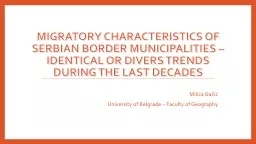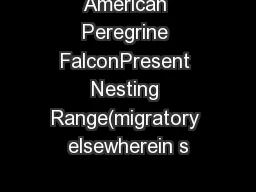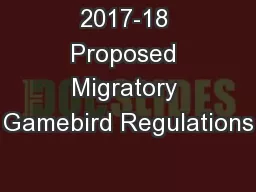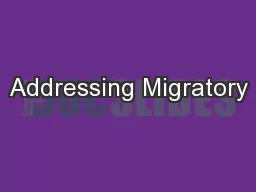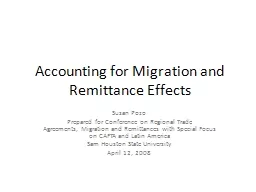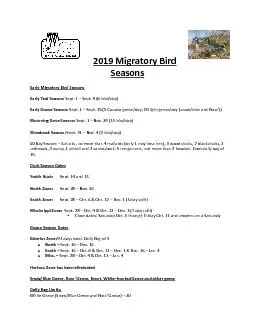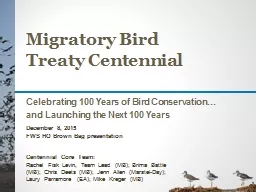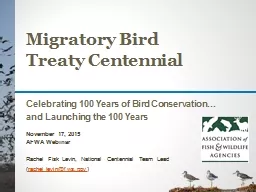PPT-MIGRATORY CHARACTERISTICS OF SERBIAN BORDER MUNICIPALITIES
Author : jane-oiler | Published Date : 2017-12-10
DURING THE LAST DECADES Milica Ga čić University of Belgrade Faculty of Geography The b order municipalities affected by the negative migration trends recorded
Presentation Embed Code
Download Presentation
Download Presentation The PPT/PDF document "MIGRATORY CHARACTERISTICS OF SERBIAN BOR..." is the property of its rightful owner. Permission is granted to download and print the materials on this website for personal, non-commercial use only, and to display it on your personal computer provided you do not modify the materials and that you retain all copyright notices contained in the materials. By downloading content from our website, you accept the terms of this agreement.
MIGRATORY CHARACTERISTICS OF SERBIAN BORDER MUNICIPALITIES: Transcript
Download Rules Of Document
"MIGRATORY CHARACTERISTICS OF SERBIAN BORDER MUNICIPALITIES"The content belongs to its owner. You may download and print it for personal use, without modification, and keep all copyright notices. By downloading, you agree to these terms.
Related Documents

